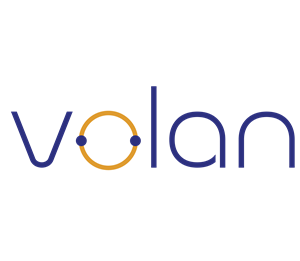What is Real-Time Asset Tracking?
Real-time asset tracking gives you instant visibility into your equipment and inventory—helping you optimize workflows, reduce delays, and protect high-value assets. From hospitals to warehouses to cold chain logistics, learn how this powerful technology is transforming operations.
